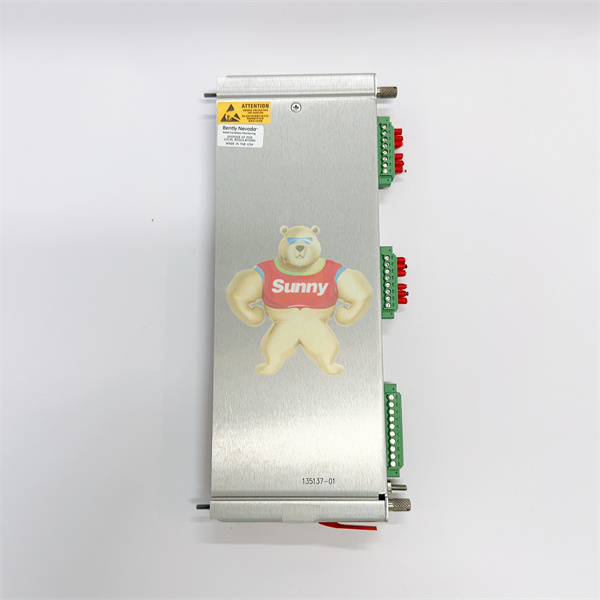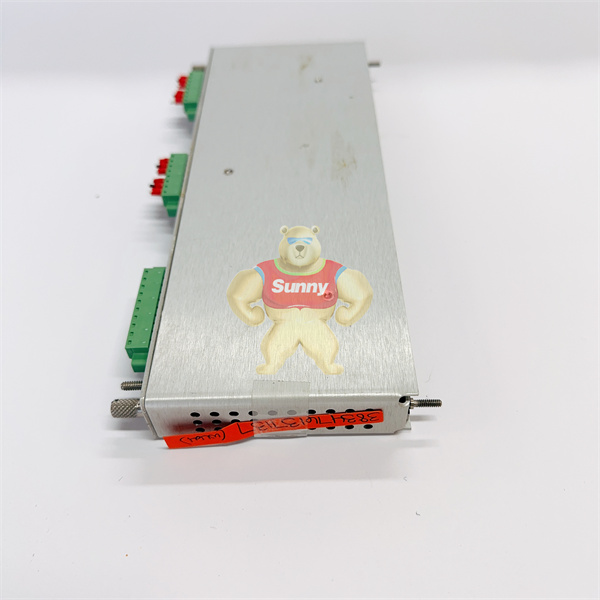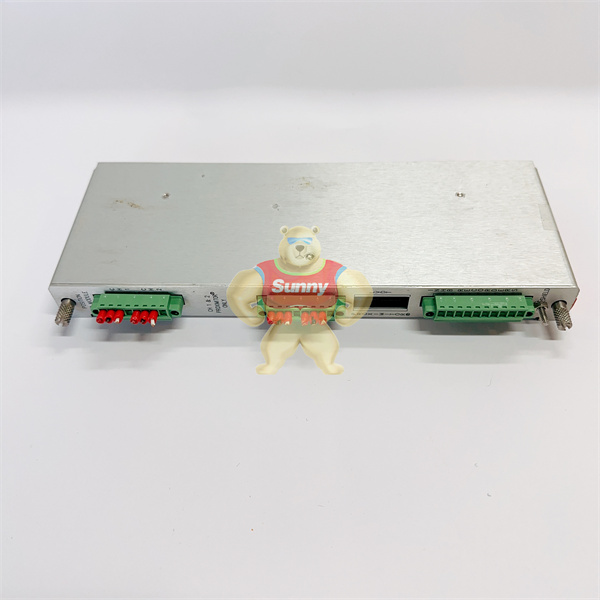Industrial tablet computer is widely used in the manufacturing industry. With the advent of digitalization and automation in the manufacturing industry, industrial tablet computer also ushered in a new development opportunity.
How many steps does it take to transform a conventional manufacturing plant into a digital, automated model? Regardless of the realistic conditions, capital, production environment and so on, just from the perspective of theoretical transformation to discuss, manufacturing factory upgrade and where can use industrial tablet computer?
First of all, it needs to be made clear that different industries have different demands for digitalization and automation.
According to the data of EOU, the current market situation is that the machinery and equipment manufacturing industry, electrical equipment manufacturing industry, instrument manufacturing industry, textile and clothing industry, aerospace, railway and ship manufacturing industry represent the forward direction of digitalization and automation in China; Computer, communication and other electronic equipment manufacturing, automobile manufacturing, home appliance manufacturing, pharmaceutical manufacturing, home building materials manufacturing are the leaders in digitization and automation under the market environment. Rubber and plastic products industry, paper, packaging machine printing industry, food and beverage manufacturing, recreational and entertainment products manufacturing industry is taking a wait-and-see attitude to automation and digitalization. Ferrous metal smelting and processing industry, non-metallic mining products industry, chemical raw materials and chemical products manufacturing industry, petroleum processing, coking and nuclear raw materials processing industry, non-ferrous metal smelting and processing and other industries are exploring their own path of digitization and automation due to their special working scenarios.

BENTLY 135137-01

BENTLY 135137-01

BENTLY 135137-01
What scenarios can be digitized and automated? How do you use industrial tablets in these scenarios? We need to do a preliminary understanding according to the production procedures of the manufacturing plant.
The common production procedures in the factory are basically composed of the following, raw materials warehousing – raw materials warehousing – site transfer automatic allocation of materials – sample sampling – material recovery – quality control area – finished products offline – finished products area – finished products warehousing – finished products warehouse. Of course, it varies from industry to industry, or there are more important production scenarios, or it may just be called different.
Logistics load-bearing robot is used for the transportation of raw materials in and out of storage and site transfer. Sample sampling adopts automatic sampling equipment, which is connected with the conveyor belt, and the finished product and the waste product are separated. The finished products are piled into storage, and the stacking robot is selected. So, automation equipment and artificial intelligence equipment become the key to transformation? In fact, in factories where these are commonly used, mobile devices are often complementary. The combination of hardware and software is the key to factory upgrading. System control, data acquisition and data connection, including the connection of production line equipment data, logistics, running state, environmental parameters, etc., are generally collected from the PLC, SCADA or sensor of the equipment.
 1 Year Warranty
1 Year Warranty





